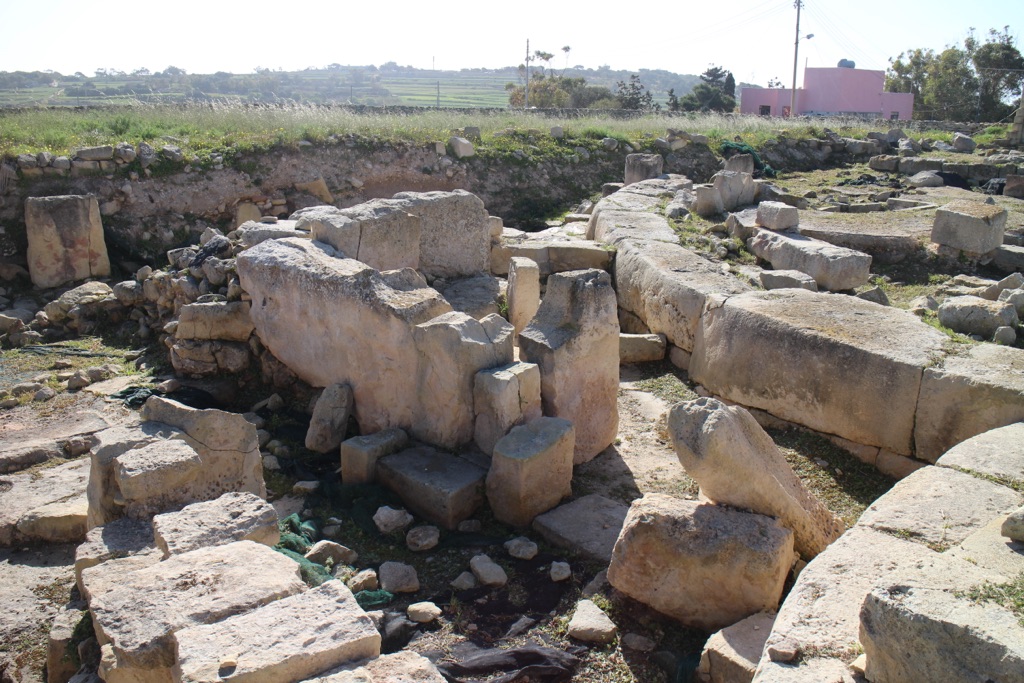Tas-Silġ: A Multilayered Historical Site in Malta
Tas-Silġ, a rounded hilltop located on the south-east coast of Malta, near the town of Żejtun and overlooking Marsaxlokk Bay, stands as a testament to the island’s rich and diverse historical past. This site encapsulates a broad spectrum of historical periods, spanning from the Neolithic era to the ninth century AD. Its archaeological significance is underscored by the remnants of a megalithic temple complex dating back to the early third millennium BC, a Phoenician and Punic sanctuary dedicated to the goddess Astarte, and its later transformation into a Roman religious complex dedicated to Juno.
Get your dose of History via Email
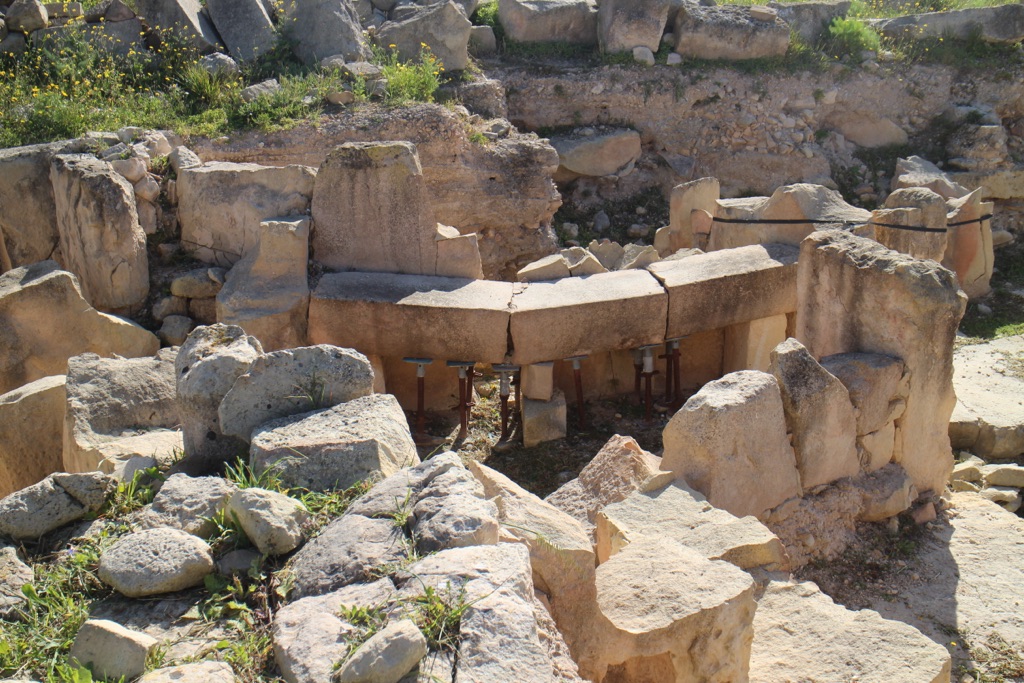
Topography and Toponymy
The name Tas-Silġ is derived from the nearby Church of Our Lady of the Snows, built in the 1800s. The site itself is situated on a hill called ‘Ta’ Berikka’, offering commanding views of Marsaxlokk harbour and the surrounding bays. The strategic location of Tas-Silġ, along major maritime trading routes, played a pivotal role in its development as an international religious complex during the Roman era, a fact mentioned by the first-century BC orator Cicero.
Archaeological Discoveries
Excavations in the 1960s, led by the Missione Archeologica Italiana, and later resumed in 1996 by the University of Malta, have unearthed a wealth of artifacts and structures that provide insight into the site’s extensive use over millennia. These include Neolithic and Late Bronze Age remains, ritual offerings from the Punic era, and substantial Roman deposits.
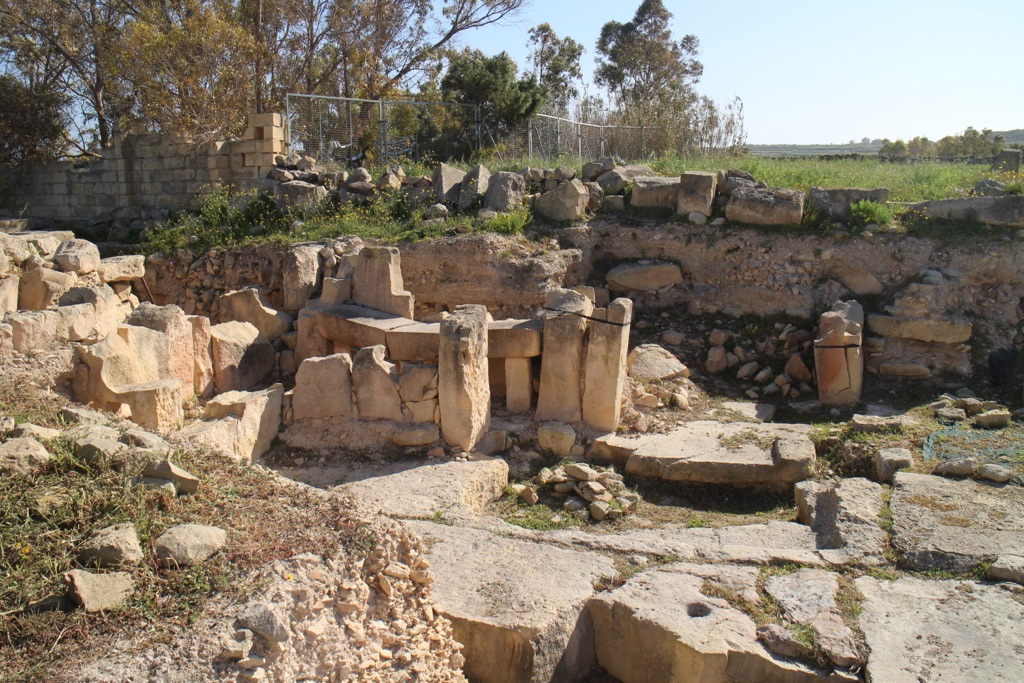
Historical Overview
Megalithic Temple and Bronze Age Settlement
The site’s earliest phase dates back to around 3000 to 2500 BC, during the Tarxien phase of Maltese prehistory. Initially, a temple complex was established, which was later repurposed as a settlement in the Bronze Age. The discovery of pottery, lithics, and a standing fat lady figure highlights the site’s significance during this period.
Punic, Hellenistic, and Roman Temple
Following the Phoenician takeover around 700 BC, a temple dedicated to Astarte was constructed, incorporating elements of the earlier temple. The sanctuary’s importance grew over time, culminating in its conversion into a Roman sanctuary dedicated to Juno. The presence of significant pottery remains suggests the existence of nearby workshops catering to the temple’s needs.
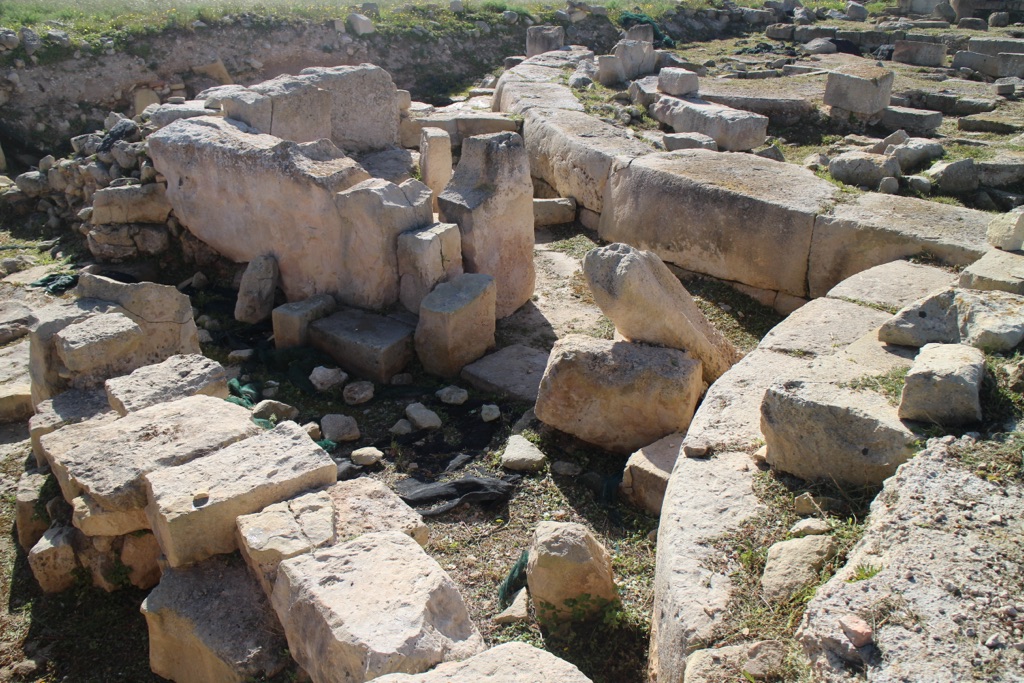
Byzantine Church
In the Byzantine era, the site underwent another transformation, with the construction of a Christian basilica within the temple’s porticoed courtyard. This basilica, which remained in use until the eighth or ninth century, signifies the continued religious significance of Tas-Silġ through the ages.
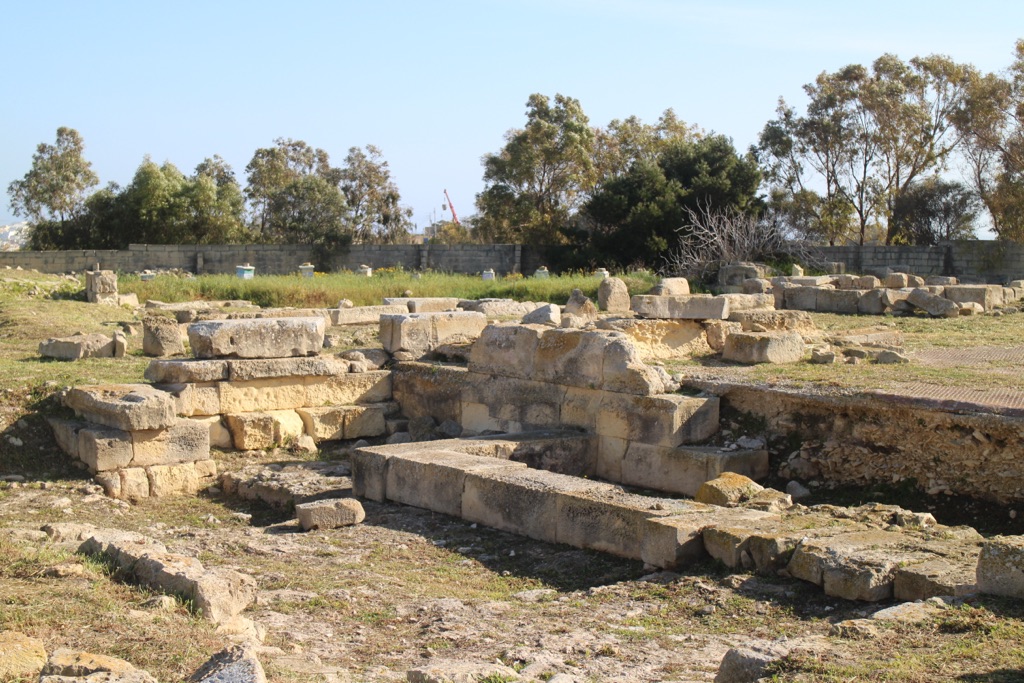
Conservation Efforts
Today, Tas-Silġ is under the care of Heritage Malta, with ongoing efforts to conserve and study the site. Although closed to the general public, it can be visited by groups by appointment, offering a unique glimpse into Malta’s multifaceted historical tapestry.
Tas-Silġ stands as a remarkable example of the island’s ability to adapt and repurpose its sacred spaces across different civilizations and epochs. Its archaeological remains not only shed light on the religious practices of its past inhabitants but also serve as a reminder of Malta’s strategic importance in the Mediterranean’s historical trade and cultural exchanges.
Sources:

